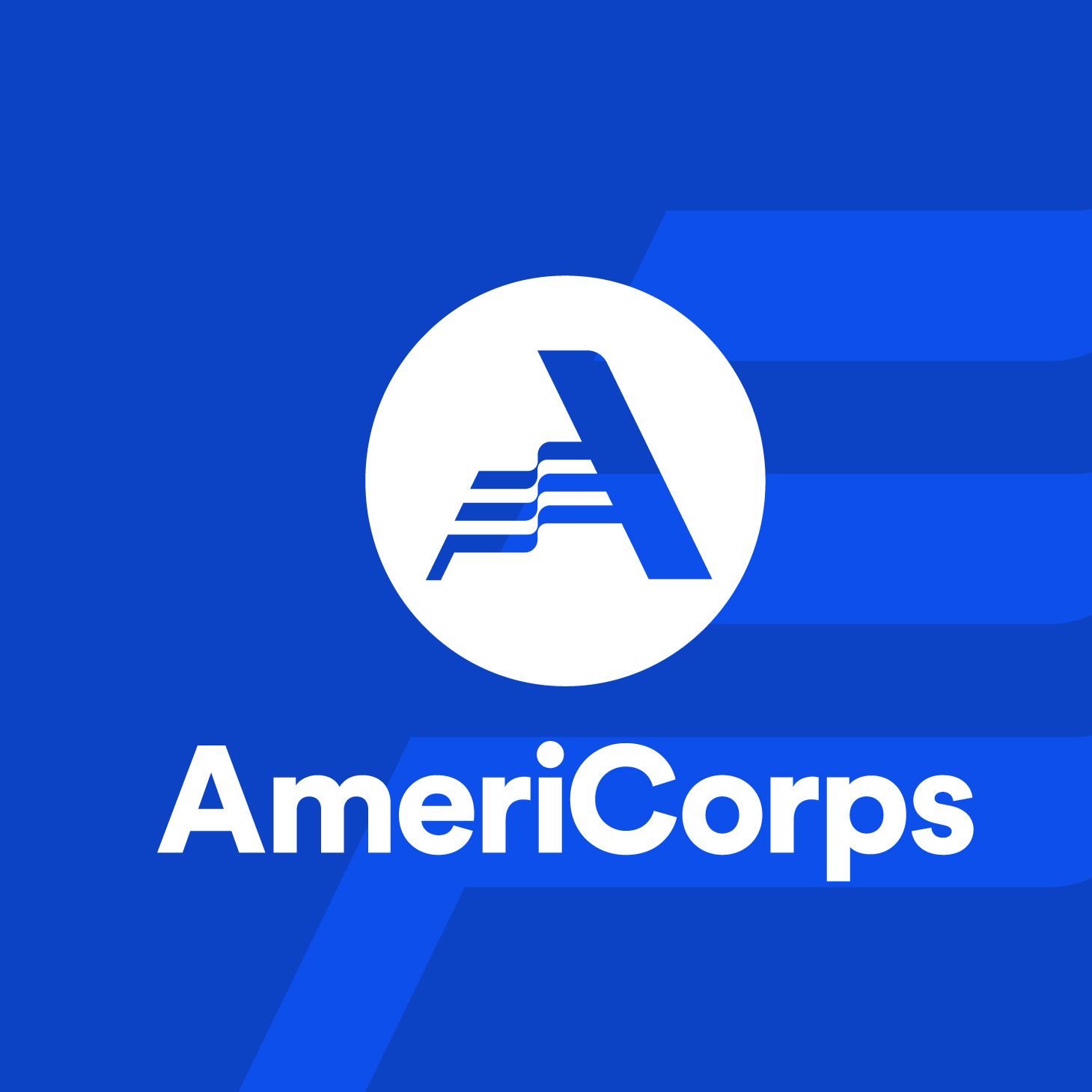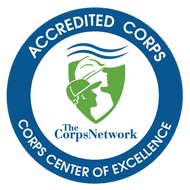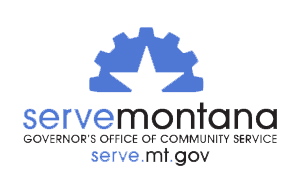
Invasive weeds often require chemical removal from an area, which is why it's important that we complete these processes safely and effectively! Thanks to the skilled and highly informative conservation and field crew at Yellowstone, we went through extensive plant identification and weed spraying orientation with ease. Plus, all the views and people we met made the learning and training even more worthwhile!
As a crew, we started the week outlining the importance of restoration practices. This was composed of in-depth discussions on the differences between conservation and restoration in Yellowstone. We transferred these goals and ideologies to herbicide and invasive weed training. On the second day in the field, we drew out squares and practiced safe spraying techniques to use in the field. On the last day, the weather prevented us from going out into the field and spraying with herbicides so the team of park workers and our crew practiced surveying for the invasive plant Hound's Tongue across the Yellowstone landscape. On the last day, we wrapped up our hitch by visiting the Yellowstone Heritage and Research Center to look at the Herbarium and learn more about the broad range of local and invasive plants interweaved into Yellowstone's history.
Altogether, the orientation was highly informative. Our crew learned so much about work safety practices, crew camp safety, and roles within National Parks and conservation-oriented careers. Additionally, outside of the work day, each crew dived into life stories, strengthening the dynamics across crews. Narrowing in on the importance of small but important work this week was a valuable reminder of why we go out and do the work we do.

![[Image Description: Two MCC members taking a brief break; one is sitting on a rock, the other is standing nearby. They are both in their uniforms, looking out at the expansive, mountain view surrounding them.]](https://cdn.firespring.com/images/c3f85e97-43a9-4810-8081-e8e6338173d0.jpeg)




